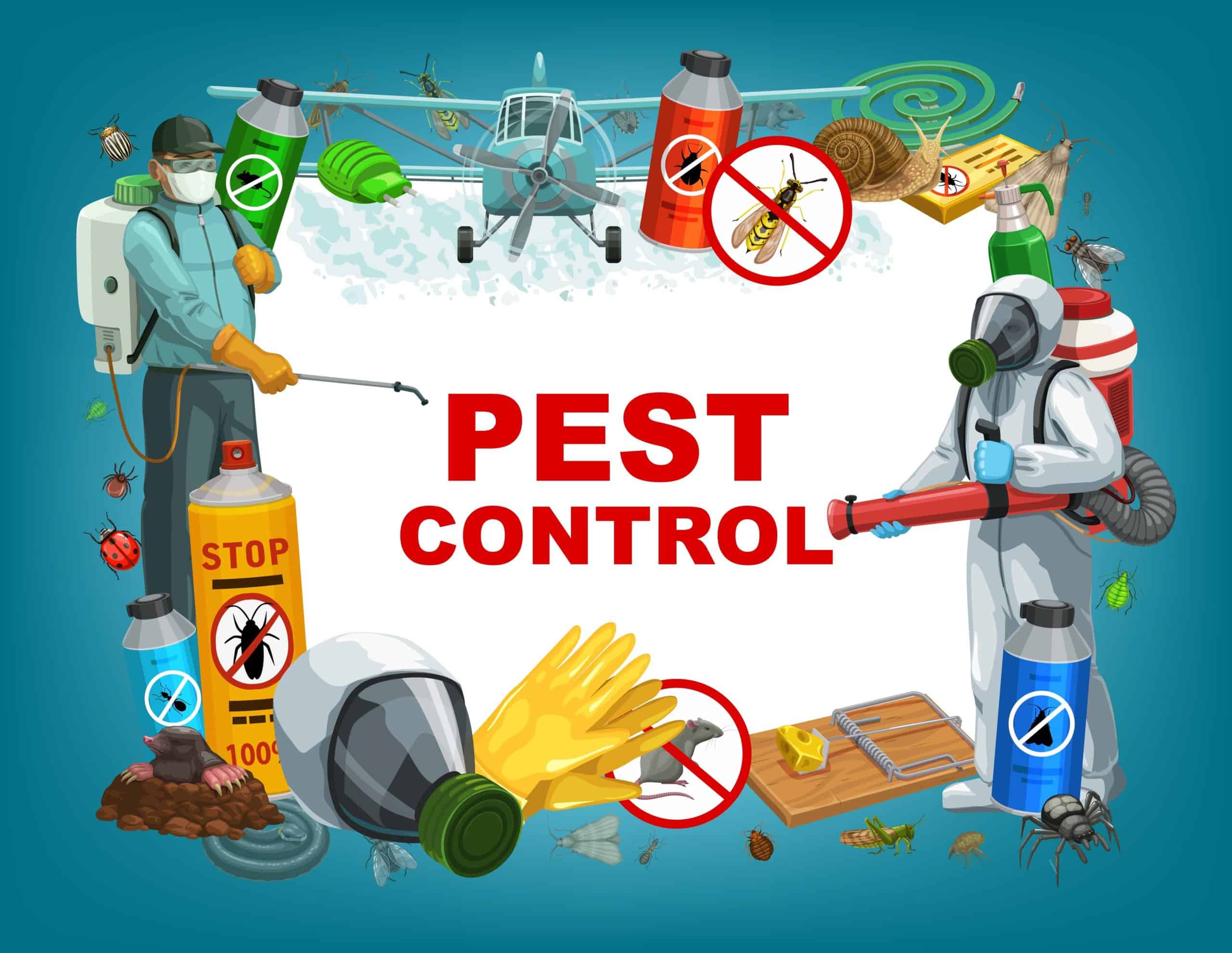Experienced A1 Exterminators Charlotte NC - Rapid and Trustworthy Solutions
Experienced A1 Exterminators Charlotte NC - Rapid and Trustworthy Solutions
Blog Article
Bed Bug Therapy Breakdown: Contrasting Chemical Vs. Non-Chemical Solutions
In the world of insect control, specifically when handling the persistent issue of bed pests, the option in between chemical and non-chemical therapy options can be a crucial one. Both approaches use distinctive advantages and downsides, influencing factors such as efficiency, safety factors to consider, and general expense. By checking out the nuanced information of each method, a more clear understanding of which path to seek in addressing a bed insect invasion can be obtained.
Effectiveness of Chemical Therapies
Chemical treatments for bed insect problems have been widely acknowledged for their potent and fast efficiency in getting rid of these insects. When thinking about the efficiency of chemical therapies, it is crucial to comprehend that they can supply a thorough and fast solution to a bed bug problem.
Moreover, chemical treatments have the benefit of supplying residual results, implying that they can remain to eliminate bed bugs also after the first application. This residual activity is particularly advantageous in combating any potential re-infestations. Furthermore, the quick action of chemical therapies can bring relief to individuals facing serious bed insect invasions, enabling them to gain back control of their space quickly.
Safety Worries With Chemical Solutions
One important element that calls for mindful factor to consider when utilizing chemical options for bed bug therapy is ensuring the safety and security of passengers and the environment. While chemical therapies can be efficient in eliminating bed insects, they may position risks otherwise handled properly. Among the main security concerns with chemical remedies is the possible harm they can cause to human health. Exposure to certain chemicals used in bed pest therapies can cause respiratory system issues, skin irritability, or various other negative responses, specifically in people with pre-existing conditions or level of sensitivities. In addition, incorrect application or dose of chemical pesticides can lead to hazardous residues remaining in the cured location, positioning long-lasting health dangers to occupants.
Furthermore, the ecological influence of chemical services is one more considerable factor to consider. Some pesticides made use of in bed bug treatments might be unsafe to valuable insects, wild animals, and communities if they seep right into the dirt or water supply. It is vital to make use of chemical treatments sensibly, following safety guidelines, and thinking about less toxic alternatives to mitigate these risks and guarantee the risk-free and efficient administration of bed insect problems.
Benefits of Non-Chemical Methods
Taking into consideration the potential safety problems and ecological effect linked with chemical options for bed bug treatment, checking out non-chemical techniques presents a promising choice with numerous distinct benefits. Non-chemical therapies are ecologically friendly, as they do not contribute to air or water air pollution, making them a sustainable selection for parasite control.
Additionally, non-chemical resource services can be reliable in targeting bed pests, including hard-to-reach locations where chemical therapies may not permeate - A1 bed bug exterminator charlotte. Methods such as heat treatment, vacuuming, steam cleaning, and mattress coverings offer complete obliteration without the usage of dangerous chemicals.
Limitations of Non-Chemical Treatments

In addition, non-chemical therapies frequently require multiple applications to attain successful elimination. This can be taxing and might not constantly assure full removal of all bed bugs and their eggs, specifically in surprise or hard-to-reach areas.
Moreover, the success of non-chemical therapies greatly relies on proper execution and thoroughness, which can be testing for individuals without specialist proficiency. visit this site Inadequate application of non-chemical techniques may cause insufficient eradication, causing relentless infestations and the requirement for additional treatments.
Consequently, while non-chemical therapies have their benefits, it is necessary to acknowledge these constraints and consider them when figuring out one of the most reliable approach for handling bed pest invasions.
Expense Comparison: Chemical Vs. Non-Chemical Options
Offered the constraints connected with non-chemical treatments, an essential aspect to assess in the context of bed insect administration is the cost comparison in between chemical and non-chemical options. In contrast, non-chemical therapies like warm treatment or steam can be a lot more costly, with expenses varying from $1,000 to $6,000 for a whole home. While the first cost of chemical treatments may appear lower, multiple treatments may be called for to totally eliminate the problem, possibly boosting the total price.
Final Thought

Considering the potential safety issues read here and ecological impact connected with chemical services for bed pest therapy, discovering non-chemical strategies offers an encouraging option with several unique advantages.Given the limitations connected with non-chemical treatments, a necessary aspect to examine in the context of bed pest management is the expense comparison in between chemical and non-chemical choices. In comparison, non-chemical therapies like heat therapy or heavy steam can be a lot more pricey, with expenses ranging from $1,000 to $6,000 for an entire home. While the first cost of chemical treatments might appear reduced, multiple treatments may be needed to fully eliminate the infestation, possibly raising the general expense.In conclusion, when contrasting chemical and non-chemical bed pest therapy options, it is crucial to take into consideration effectiveness, security, benefits, restrictions, and price.
Report this page